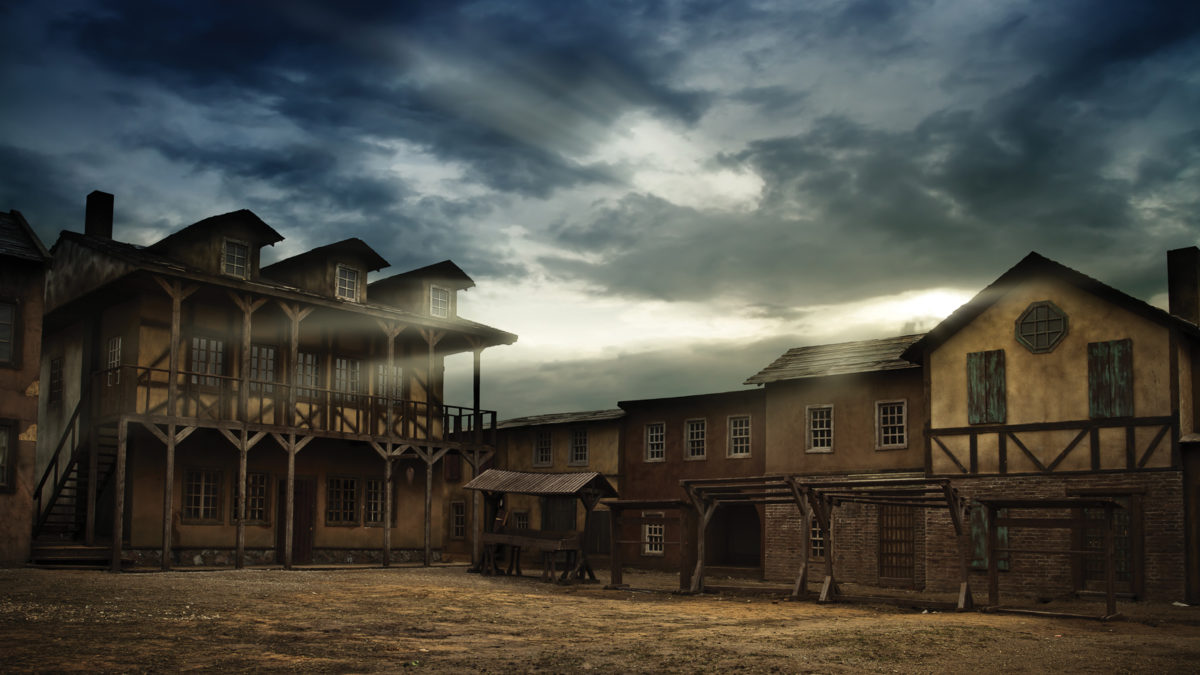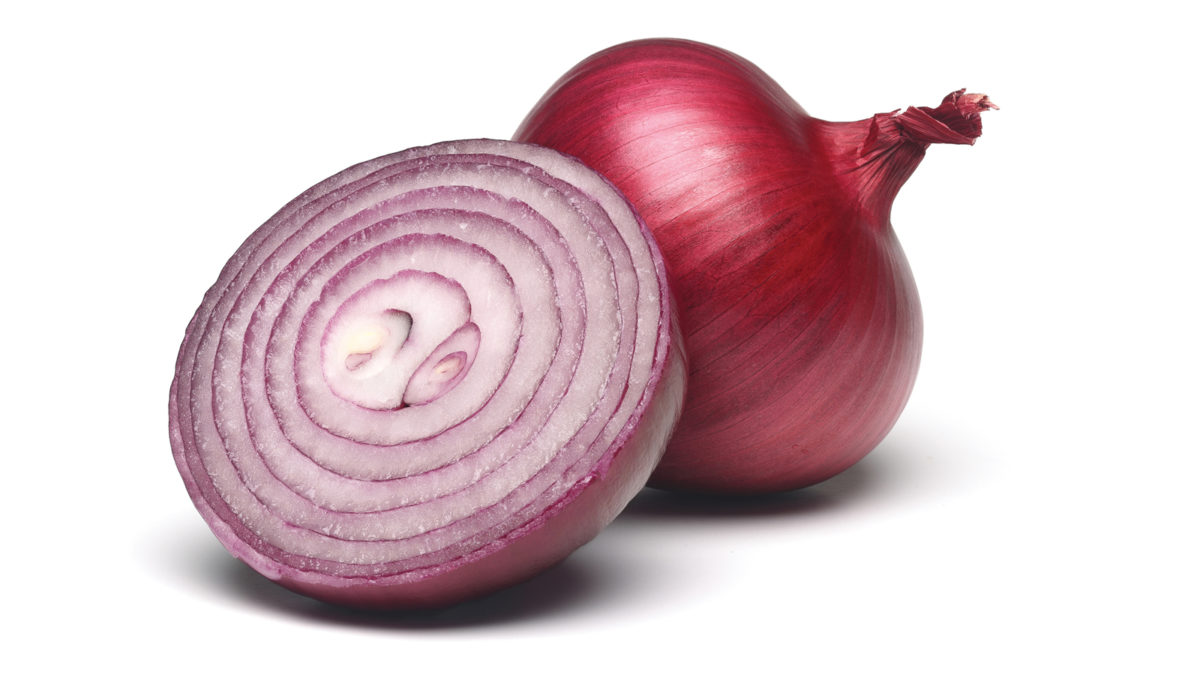
The Notorious Demimonde of Colorado City
July 2020

Of all the madams who maintained houses of ill repute in Colorado’s early days, few were more ill-reputed than Mamie Majors. For decades, she ran a series of high-class bordellos in Colorado’s boom towns. To be associated with her was enough to tarnish the reputations of both ordinary citizens and statesmen alike. For a time she operated her business without much interference from the authorities, paying occasional fines as the other madams did. But eventually officials in Colorado City (a frontier town that’s now part of Colorado Springs) grew tired of her illegal business ventures and obtained a conviction against her that required six months of jail time. Majors hired high-powered counsel and appealed to the Colorado Supreme Court.
Who Was Mamie Majors?
Although little is known about Majors’s early life, an intriguing possibility presents itself: the name “Mamie Majors” may be an alias. An 1893 Pueblo newspaper article stated that Majors’s real name was actually Mary I. Jones. The same article referred to Mamie/Mary as a “keeper and proprietor of one of the gilded halls of Front Street” in Pueblo.1
The link between Mamie Majors and Mary I. Jones continued for many years. For example, in 1901 Majors was living at a brothel located at 615 Washington Avenue in Colorado City. Nellie White, the brothel’s owner, had purportedly purchased it recently from one “Mary Jones.”2 The 1900 census shows Mary Jones as the madam of the house.3
If Mamie and Mary were one and the same, this may provide us with some biographical details about Majors. A historical study of Colorado brothels reports that “Mary Jones” was 31 years old at the time of the 1900 census, and “was born in Indiana, could read and write, and listed herself as a housekeeper.”4
But even if they were different people, other evidence tells us something about Majors’s life in the Gay Nineties before her heyday began in Colorado City. A series of misfortunes seem to have followed her during this period.
First, she lost her adopted child. Sometime around December 1892 an impoverished woman in Pueblo named Sarah Milburn gave birth.5 Milburn was unmarried, had no nearby friends at the time, and was afraid to say anything to her relatives. Majors persuaded Milburn to give her the infant and to sign a consent to adoption. She later officially adopted the child through a county court decree.
When the child’s relatives discovered what had happened, they sought to get the child back. The family filed for a writ of habeas corpus requiring Majors to produce the child in court. The presiding judge determined that Majors, described euphemistically as “the proprietor of a Front Street resort,” was not a proper person to have custody of the child.6 The judge removed the child from Majors’s custody and awarded custody to a friend of Sarah Milburn’s.
Then, a year or so later, in October 1894, an article in the Cripple Creek Morning Journal reported that “Mattie, a sister of Mamie Majors,” who had been living in the alley behind the Gold King concert hall, had killed herself by drinking carbolic acid.7 The article speculated that Mattie had “quarreled with her lover.”8
The Colorado City Trial
A few years after that, Majors settled in Colorado City. The 1901 Colorado Springs directory listed her address as 615 Washington Avenue.9 She later relocated next door, to a property at 617 Washington known as “the Mansions.”10 There is some evidence that Nellie White was an absentee owner of those premises, and Majors operated it for her.
It was Majors’s activities at this location, later identified as a “bawdy house,” that led to her prosecution. An Information filed in El Paso County District Court on June 22, 1905 by C.C. Hamlin, district attorney for the Fourth Judicial District, charged Majors with keeping and maintaining “a certain house of ill fame and place for the practice of fornication, resorted to for the practice of prostitution and lewdness to the common nuisance of all the people.”11 She pleaded not guilty on July 17, 1905, and her trial was held the same day.
There is something a little odd about this trial. Most of the witnesses seemed reluctant, sheepish, almost embarrassed to be associated with the proceeding. The questions the prosecutor asked them about Majors’s reputation and that of her business often elicited either denials or only vague responses.
John Rowan, a former Colorado City detective, stated he had known Majors for years. But when asked if he knew what her business had been in Colorado City, he replied, “Why, nothing only what I have heard. I haven’t been in her house only on business. I understand it is a house of prostitution.”12 The trial court struck the detective’s statement about a “house of prostitution,” and the prosecutor tried again. Rowan unhelpfully responded, “It is a place we never had any trouble with and there was no necessity for an officer there.”13
Rowan admitted he had been there five or six times in the past 18 months. When asked if on those occasions he had made any observation of the type of house Majors was conducting, he replied that he “couldn’t say” except “as to what I have heard.”14 Over objections, the prosecutor asked Rowan what the house’s reputation was, and he stated its “general reputation” was “what was called a ‘sporting’ house or a house of ill fame.”15 When asked if he knew Majors’s “general reputation . . . for chastity” in Colorado City, Rowan responded only that she was known for running the Mansions, which was classed as a sporting house.16 When pressed again about her personal reputation for chastity, Rowan replied, “I know nothing about her reputation there, only that she was in the house there. I never seen anything wrong when I was in the house.”17 On redirect, over strenuous objections, Rowan testified that Majors had pleaded guilty at least five times to running a house of prostitution, each time paying a $25 fine.
George Birdsall, the Colorado City chief of police, stated he had known Majors for eight or nine years and had frequently been to the Mansions. The house, he said, was owned by Nellie White in Pueblo but Majors was in charge of it. He characterized her as White’s employee.
Birdsall characterized the house as “a sporting house,” or “a house of ill fame.”18 There were other occupants of the house, male and female. When asked about the general reputation of these people, Birdsall replied, “Some of them I didn’t know at all. I would see them and ask their names and that is all that I would know of them.”19 When asked about the general reputation of the Mansions in Colorado City, he replied, “I can’t answer that,” but when pressed by the prosecutor he again stated he had heard it was a “sporting house.”20
Birdsall stated that Majors’s reputation for chastity in the community was “[g]ood,” but admitted that she had been arrested about once a month on “[d]ifferent charges,” including “keeping a house of ill fame.”21 When asked who arrested her on those charges, Birdsall replied, “I think I did.”22 On the one occasion when he witnessed the proceedings in police court, he said, she pleaded not guilty. But he admitted that was her most recent monthly arrest; before that, she had paid the fines.
The prosecution also called J.D. Faulkner, a police magistrate, who read an entry from a docket book he kept that showed on May 20, 1905, Mamie Majors pleaded guilty to keeping a disorderly house. But he admitted the docket book he was reading from was not much of an official record. When asked what he would do if required to furnish a transcript of proceedings in his court for an appeal, Faulkner said he’d never had such an appeal; however, if there was one, he could not rely on the docket book, but “would have to make it from notes or memory.”23
A similar entry appeared in the book for April 20, except that the charge was disorderly conduct. When asked how long he had known there was such a person in Colorado Springs as Mamie Majors, Faulkner replied, “I don’t know. I don’t know as I know it at all really” and “I don’t even know where she lives.”24
After the rather vague testimony from these witnesses, the prosecution called someone who was more closely acquainted with Majors from personal experience: a prostitute named Anna Rock. Rock testified that she had lived in Majors’s house at 617 Washington Avenue, and that she knew that Majors had kept that house and was in control of it. Rock stated Majors kept the house as a “house of prostitution.”25
For the prosecution, so far, so good. But then Rock, like the other witnesses, began to slide into vagueness and to distance herself from association with Majors. She identified several other occupants of the house, but could only say they were there “[f]or the purpose of adultery I suppose,” though she stated that men who frequented the house occupied beds with the girls there.26 When asked if she had been an “inmate” of the house, she responded “[f]or a few hours only.”27
Rock proved even more chary on cross-examination. She stated she was married but she did not live with her husband, she was not employed, and her husband did not entirely provide for her support. She then stated she had another means of livelihood, but when asked what that livelihood was, she said, “I don’t choose to answer.”28 She denied that her non-response came from fear that a truthful response might incriminate or degrade her, then explained, “I have a friend who sends me money occasionally.”29 When the court ordered her to answer directly defense counsel’s question about whether she had been a prostitute within the past two years, she admitted having worked in that profession for some of the previous and current years and also stated she spent “[a]bout twenty hours” at 617 Washington.30
At first, Rock declined to answer whether she had been acting out of malice when she signed an affidavit accusing Majors of maintaining a house of prostitution. When ordered to answer, she stated it was “not exactly because I was prejudiced.”31 She eventually admitted she had ill will against Majors.
The next witness was Ioma Williams, who lived at 617 Washington Avenue. When asked what kind of a house it was, she refused to answer, because “[i]t might incriminate myself” and “[i]t might degrade me.”32
Another witness, Sybil Clayton, also admitted living at 617 Washington, but she denied knowing what kind of business was carried on there and declined to answer questions about what kind of a house it was, because “I don’t want to incriminate myself and subject myself to punishment.”33 She did admit making her living arrangements there with Majors.
Maizy Wood stated she lived at 621 Washington, next door to 617. She stated she passed by 617 Washington every day, but she didn’t know who kept the house or what business was conducted there.
A couple of other policemen were called who stated that the Mansions had a reputation as a sporting house, or a house of ill repute. And with that, the People rested.
For its case, the defense re-called Chief Birdsall, who stated that Anna Rock’s reputation in the community for truth or veracity was “[v]ery bad.”34 The prosecution tried to get him to admit that her reputation was no worse than any other prostitute on Washington Avenue, but he said she was worse.
The jury convicted Majors, and the district court denied her motion for a new trial. She was sentenced to six months’ imprisonment in county jail, “and until the costs of said case were paid.”35 She appealed to the Colorado Supreme Court.
The Appeal
The Court began its opinion in Majors v. People by calling it “a bawdy house case.”36 It first addressed Majors’s argument that the evidence was insufficient to convict her because “the only competent testimony against the defendant was that produced by a confessed prostitute and police officers who gave evidence only of the reputation of the house and of its inmates.”37 The Court made short work of this argument, holding that “[t]he proof was positive that the house was of the character described in the information and of the kind prohibited by the statute. The jury would not have been justified in arriving at any other conclusion.”38
The Court also rejected Majors’s contention that evidence of her prior police court convictions had been improperly entered against her. Although the admission of this evidence was improper, in view of the other evidence against her it was harmless; the error “could not possibly have prejudiced the defendant.”39
Finally, Majors argued that the length of her sentence was excessive. The statute provided for a $100 fine and a maximum term of six months’ incarceration. Majors argued she should only have been fined. The Court strongly disagreed, saying, “The practical result of the collection of fines in such cases amounts merely to the paying of a license by dissolute persons for the privilege of violating the law.”40 It also held that the district court did not abuse its discretion by imposing the maximum sentence of incarceration.
The “Pardon”
Majors enlisted a number of influential friends in an effort to obtain a pardon from Colorado’s governor, Henry A. Buchtel. Although he did not pardon her, he reduced her sentence to 30 days, which she then served. Governor Buchtel later became very defensive about allegations that he had “pardoned” Majors. At one point, he stated, “Now in the face of all this, I did not pardon Mamie Majors. Please fix that in your mind. I would like to say it over and over about 10,000 times. I did not pardon Mamie Majors.”41
Governor Buchtel had good reason to fear for his reputation. One speaker at a rally later called him “the pardon kid” and complained that his “pardon for Mamie Majors, the notorious demimonde of Colorado City, was signed even before she was placed in jail.”42
Aftermath
Majors was undeterred by her conviction and continued to operate as a madam in Colorado City. It has been thought that she disappeared into obscurity after Colorado City enacted a liquor prohibition law in 1916.43 But the 1920 R.L. Polk directory for Colorado Springs shows a “Mary I. Jones” living at 2709 Cucharras Street, just one block from the location of another of Mamie’s former brothels in Colorado City.44 If “Mamie Majors” was in fact an alias for Mary I. Jones, she resided in Colorado City much longer than was once believed. Until at least a century ago, she was still there.
Notes
1. “A Mother’s Love,” Colo. Daily Chieftain 3, col. 3 (May 17, 1893).
2. See MacKell, Brothels, Bordellos, & Bad Girls 135 (Univ. of N.M. Press 2004). Other reports have Mamie Majors using the alias “Mary Rogers.” See id. at 278 n.19.
3. Id. at 135.
4. Id.
5. A newspaper article reported that in November 1892 a foundling was “left on the doorstep of Mamie Major’s [sic] house of ill fame.” “Baby Left on a Pueblo Doorstep,” Grand Valley Star 5, col. 2 (Dec. 3, 1892). A note left with the well-dressed baby stated the child was born November 10 and its name was “Comet.” Id. The name may be a reference to Comet Holmes, discovered by a British astronomer on November 6, 1892 and reported in Colorado newspaper accounts later that month. It is unclear whether this is the same baby that Mamie later adopted.
6. “Sarah Wilburn’s Child Taken Away From Mamie Majors and Given in Charge to a Third Party,” Colo. Daily Chieftain 3, col. 1 (May 24, 1893).
7. “With Carbolic Acid,” Morning J. 2, col. 3 (Oct. 19, 1894).
8. Id.
9. See http://digitalcollections.ppld.org/digital/collection/p15981coll2/id/1971.
10. MacKell, supra note 2 at 136.
11. Majors v. People, Case No. 5699, Abstract of Record at 2 (Colo. Feb. 23, 1906), available from Colorado State Archives.
12. Id., Transcript contained in Bill of Exceptions at 71 (Colo. Aug. 7, 1906). Transcript page numbers are the Bates stamped numbers on the left margin.
13. Id.
14. Id. at 72.
15. Id. at 74.
16. Id. at 76–78.
17. Id. at 79–80.
18. Id. at 95.
19. Id. at 97.
20. Id. at 98–99.
21. Id. at 101–03.
22. Id. at 103.
23. Id. at 131.
24. Id. at 140–41.
25. Id. at 155.
26. Id. at 158.
27. Id.
28. Id. at 162.
29. Id. at 163.
30. Id. at 165.
31. Id. at 167.
32. Id. at 174.
33. Id. at 176.
34. Id. at 197.
35. Id. at 243.
36. Majors v. People, 88 P. 636, 637 (Colo. 1907).
37. Id.
38. Id.
39. Id.
40. Id.
41. MacKell, supra note 2 at 138 (internal quotation marks omitted).
42. “Republican Skeleton,” The Steamboat Pilot 1, col. 2 (Apr. 22, 1908).
43. MacKell, supra note 2 at 139.
44. See http://more.ppld.org:8080/specialCollections/Index/ArticleOrders/ColoradoSpringsCityDirectories/1920CSCityDirectory.pdf.
Another witness, Sybil Clayton, also admitted living at 617 Washington, but she denied knowing what kind of business was carried on there and declined to answer questions about what kind of a house it was, because "I don’t want to incriminate myself and subject myself to punishment."


